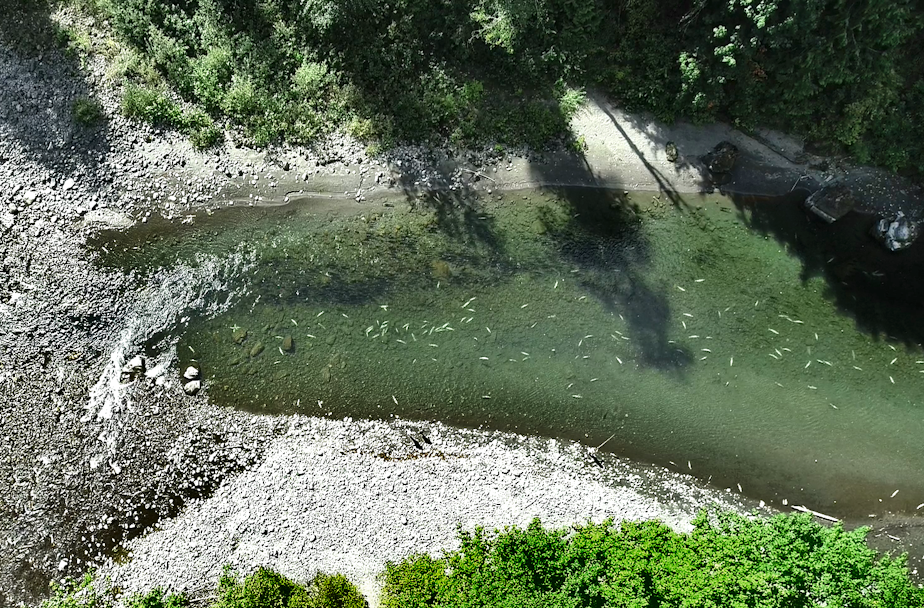Northwest tribes' salmon hatcheries get $240 million federal boost

West Coast tribes are getting nearly $240 million from the federal government to improve their salmon hatcheries.
Twenty-seven tribes, including 21 from Washington state, will get an initial $2 million each to repair and modernize their aging hatcheries, the National Oceanographic and Atmospheric Administration (NOAA) announced Thursday.
The remaining funds will be awarded competitively among the tribes “in the coming months,” federal officials said.
Jennifer Quan, regional administrator of NOAA Fisheries, called it “one of our greatest commitments of support for tribal fisheries since the treaties themselves that first assured the tribes access to the fisheries.”
RELATED: Washington tribes get $39.4 million for salmon habitat restoration, culvert removal efforts
Treaties between the U.S. government and many Northwest tribes in the 1850s promised tribes the right to keep fishing and hunting in their traditional places in exchange for the tribes’ giving up most of their land.
Sponsored
“Today, hatcheries provide many of the fish that no longer come from the salmon rivers, the rivers that have been impacted by our dams and development,” Quan said.
Councilmember Lisa Wilson of the Lummi Indian Business Council, the governing body of the Lummi Nation, said the funding will help preserve tribes’ treaty rights to their traditional foods.
“We have salmon in every funeral that we have, which unfortunately, with the fentanyl crisis, it's been a lot of funerals in the last few years,” Wilson said. “It's very important that, any kind of celebration, we have our salmon, and if it wasn't for the hatcheries, we wouldn't have that salmon.”
RELATED: Fish out of water story ends with 77,000 young salmon in the wrong water
Wild salmon in most tribes’ territories have declined drastically.
Sponsored
Hatchery fish can exacerbate that problem by competing with wild fish.
Quan said hatchery operations have changed to minimize the risk they can pose to wild salmon.
A Lummi Nation hatchery raises endangered Chinook salmon in the South Fork Nooksack River Chinook salmon.
Puget Sound Chinook salmon were federally listed as a threatened species in 1999. They’ve come closer to going extinct in the South Fork than any other river.
In 2013, just 10 Chinooks — the largest of the Pacific salmon and the main prey of the Northwest's endangered orcas — returned to the river.
Sponsored

The South Fork Chinooks' numbers bounced back, with 1,300 adults returning to spawn by 2018. But 80% of the population was killed before spawning in 2021. A triple whammy of warm water, low flows, and bacteria that year killed 2,500 Chinooks returning to the South Fork Nooksack River.
Wilson said it has been a fight to secure federal funding for the tribal hatcheries, with tribal leaders even going to the White House to block an earlier federal plan that did prioritize tribal treaty rights.
“I do feel like we are a lot like that salmon that has to go out and go through so many different issues just to survive,” she said.




